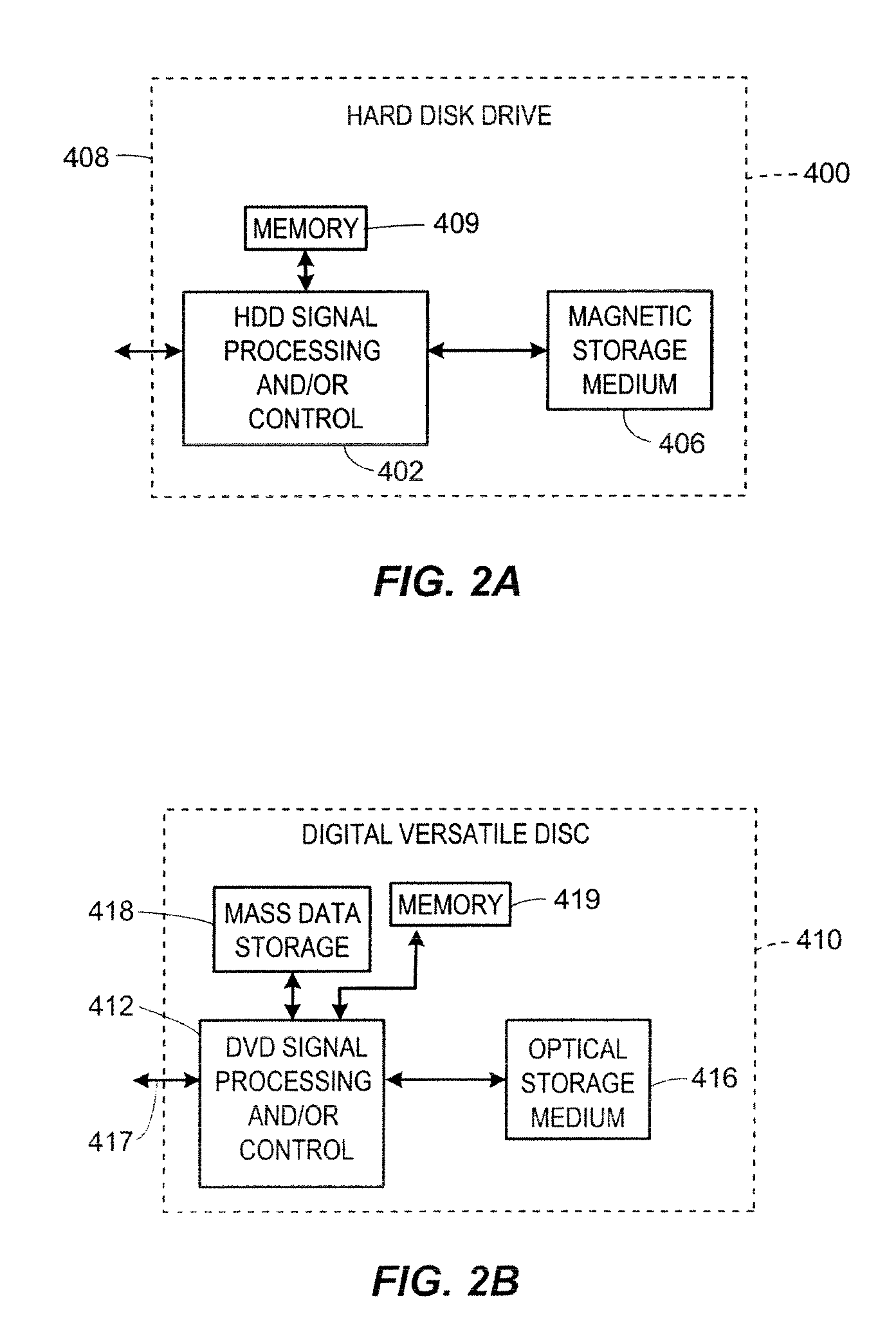Equal power output spatial spreading matrix for use in a wireless MIMO communication system
a communication system and equal power technology, applied in the field of wireless communication systems, can solve the problems of non-linear characteristics of amplifiers used in transmission systems, a significant amount of memory to store spatial spreading matrixes, and achieve the effect of reducing or eliminating power amplification and improving power amplification
- Summary
- Abstract
- Description
- Claims
- Application Information
AI Technical Summary
Benefits of technology
Problems solved by technology
Method used
Image
Examples
Embodiment Construction
[0019]While the transmission techniques described herein for processing and effecting a wireless data transmission are described as being used in communication systems that use one of the IEEE Standard 802.11(x) communication standards, these techniques may be used in various other types of wireless communication systems and are not limited to those conforming to one or more of the IEEE Standard 802.11(x) standards.
[0020]Referring now to FIG. 1, a MIMO communication system 10 is illustrated in block diagram form as generally including a single transmitter 12 having multiple transmission antennas 14A-14N and a single receiver 16 having multiple receiver antennas 18A-18M. The number of transmission antennas 14A-14N can be the same as, more than, or less than the number of receiver antennas 18A-18M. As shown in FIG. 1, the transmitter 12 may include a controller 20 coupled to a memory 21, to a symbol encoder and modulator unit 22 and to a spatial spreading block 24. The transmitter 12 ...
PUM
 Login to View More
Login to View More Abstract
Description
Claims
Application Information
 Login to View More
Login to View More - R&D
- Intellectual Property
- Life Sciences
- Materials
- Tech Scout
- Unparalleled Data Quality
- Higher Quality Content
- 60% Fewer Hallucinations
Browse by: Latest US Patents, China's latest patents, Technical Efficacy Thesaurus, Application Domain, Technology Topic, Popular Technical Reports.
© 2025 PatSnap. All rights reserved.Legal|Privacy policy|Modern Slavery Act Transparency Statement|Sitemap|About US| Contact US: help@patsnap.com



